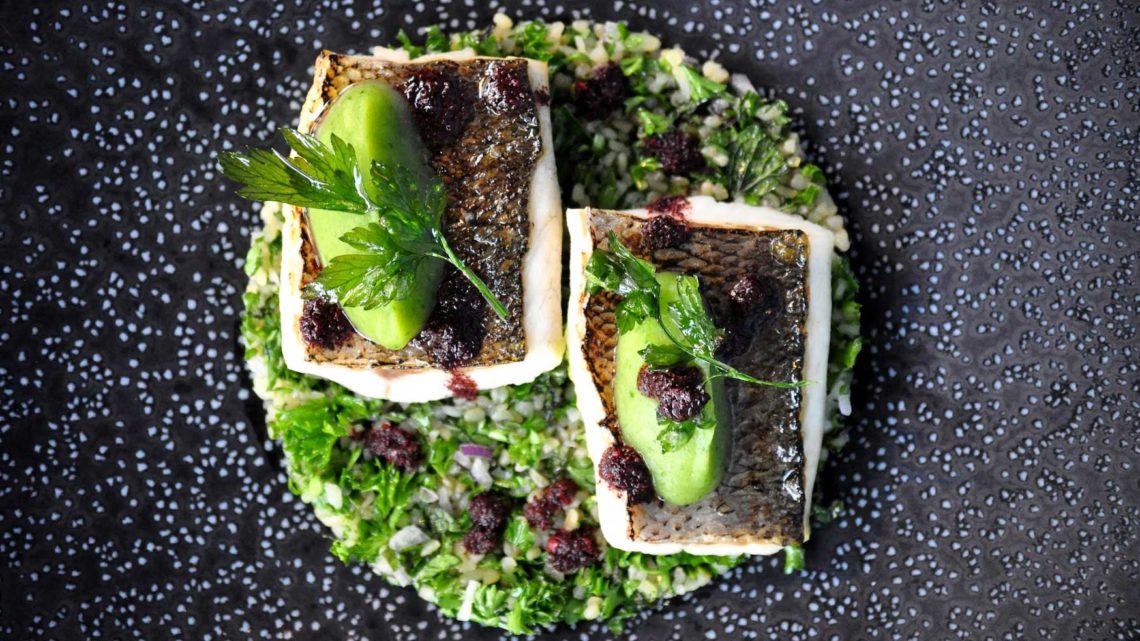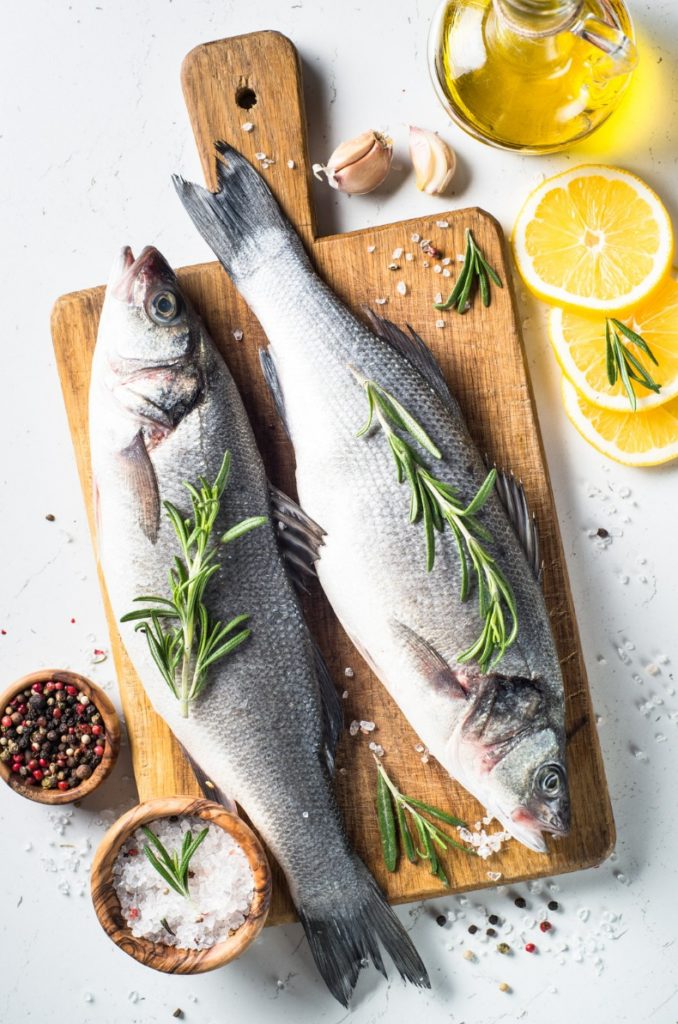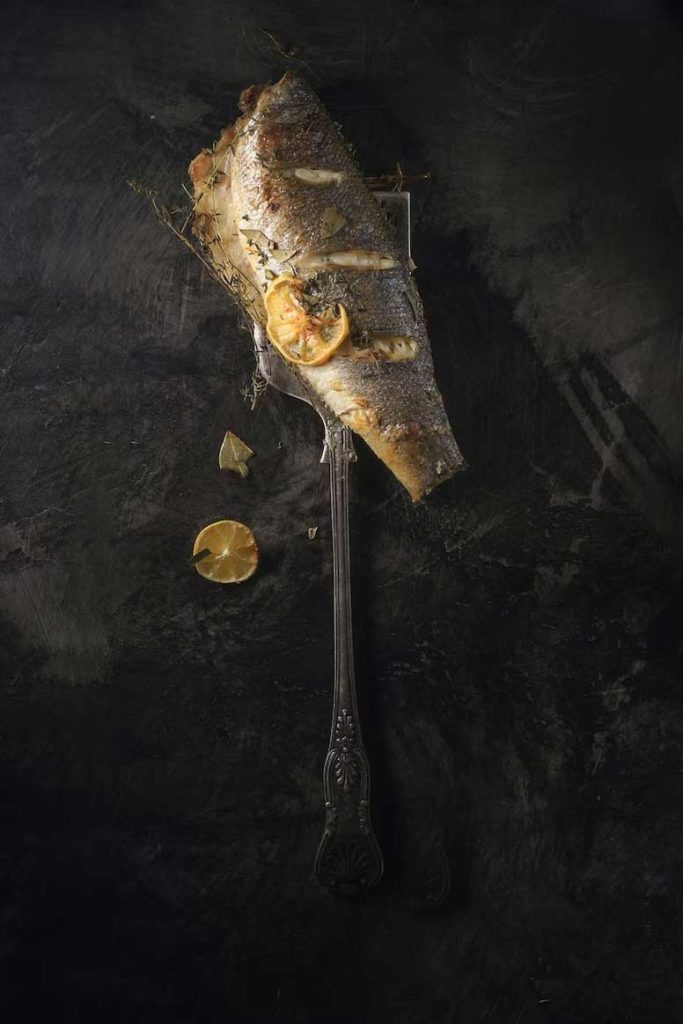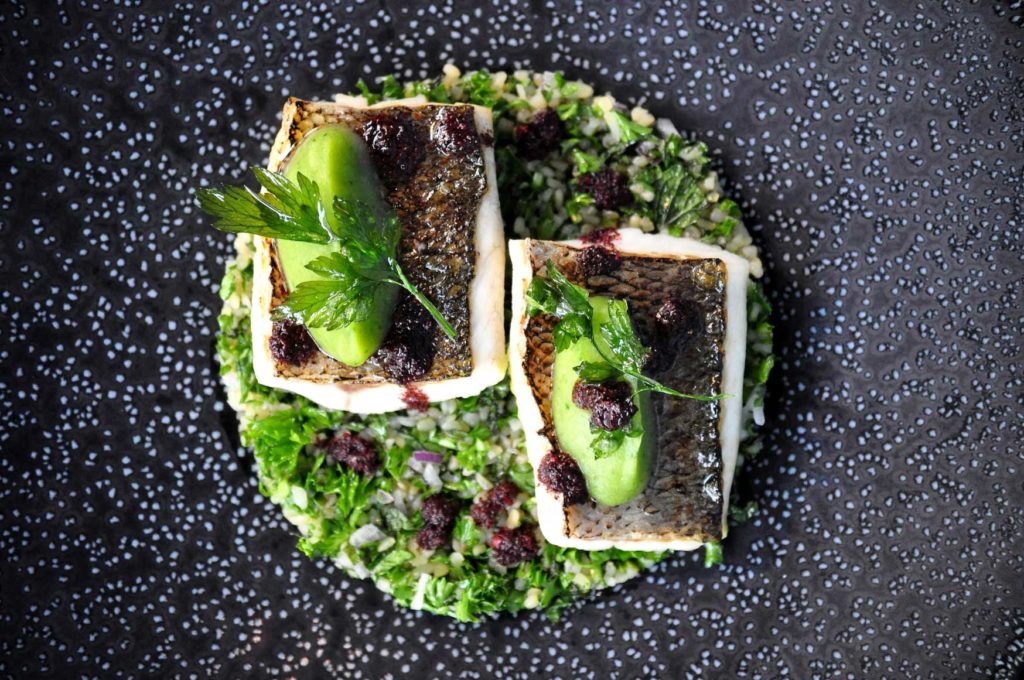
Cooking Seabass
Seabass is a tasty and nutritious fish appreciated by seafood lovers.
Where seabass comes from
seabass is a very popular fish among seafood lovers. seabass, also known as wolffish, is a predatory fish found primarily in the cold waters of the North Atlantic. This region extends from the Arctic Ocean in the west to the North Sea and English Channel in the east, and also includes the Atlantic Ocean to the northeastern United States and Canada.
seabass are migratory fish that prefer shallow waters and estuaries, where they can feed on small fish and crustaceans. The cold waters of the North Atlantic are perfect for this species, as they offer an ideal water temperature for its growth and reproduction.
The North Sea and the English Channel are important fishing areas for seabass. These regions are rich in schools of fish, which attracts seabass in search of food. In addition, the coasts of France, Great Britain and the Netherlands are places where seabass can reproduce and develop, thus offering important fishing opportunities.
The Atlantic Ocean, especially the east coast of North America, is also an important fishing area for seabass. The cold waters of the North Atlantic are rich in nutrients, which creates a perfect ecosystem for seabass and other fish species.
seabass are predatory fish that feed mainly on small fish and crustaceans. It is recognizable by its elongated shape and smooth, silvery skin. The seabass is a fish with white flesh, firm and tasty. Its flavor is slightly sweet with a fine texture.


Seabass and nutrition
seabass is an important source of protein, vitamins and minerals. It is rich in vitamin B12, vitamin D, phosphorus and selenium. It is also low in fat and calories, making it an excellent choice for the health conscious.
seabass is a nutrient-rich fish, making it an excellent choice for those looking to maintain a healthy, balanced diet. Here are some of the key nutrients found in seabass:
Protein: seabass is an excellent source of high-quality protein. A 100g serving of cooked seabass contains approximately 20g of protein, which is about 40% of the recommended daily allowance for an adult.
Vitamin B12: seabass is rich in vitamin B12, which is important for red blood cell production and normal nervous system function. A 100 g serving of cooked seabass contains about 5 µg of vitamin B12, which is more than 200% of the recommended daily intake for an adult.
Vitamin D: seabass is also a good source of vitamin D, which helps maintain strong, healthy bones. A 100 g serving of cooked seabass contains about 2 µg of vitamin D, which is about 40% of the recommended daily allowance for an adult.
Phosphorus: seabass is rich in phosphorus, an important mineral for healthy bones and teeth. A 100 g serving of cooked seabass contains about 250 mg of phosphorus, which is about 35% of the recommended daily intake for an adult.
Selenium: seabass is also a good source of selenium, an essential mineral that helps protect cells from free radical damage. A 100 g serving of cooked seabass contains about 40 µg of selenium, which is about 73% of the recommended daily intake for an adult.
In addition to being rich in nutrients, seabass is also low in fat and calories. A 100 g serving of cooked seabass contains about 1 g of fat and 96 calories, making it an excellent choice for the health and weight conscious.
How to cook seabass
seabass can be prepared in many different ways. It can be baked, grilled, poached or fried. A popular way to prepare it is to steam it with herbs and vegetables for a healthy, light meal. seabass can also be used in soups and seafood stews.
seabass is a versatile fish that can be cooked in many different ways. Here are some of the most popular ways to cook seabass, along with recipe ideas for each method:
Baking: seabass can be baked using a variety of ingredients and marinades. A simple way to prepare baked seabass is to brush the fish fillets with olive oil, lemon juice, minced garlic and fresh parsley, then bake them in the oven at 200°C for about 15 to 20 minutes, until they are cooked and golden brown.
Grilling: Grilling is another popular method of cooking seabass. Fish fillets can be grilled over hot coals or in a toasted pan. A simple recipe for grilled seabass is to brush the fillets with a marinade of olive oil, lemon juice, minced garlic, salt and pepper and then grill them for about 5-7 minutes on each side.
Steaming: Steaming is a healthy and light method of cooking seabass. Fish fillets can be placed in a steamer basket with vegetables and herbs and steamed for about 10 to 15 minutes. A popular recipe for steaming seabass is to cook the fillets with tomatoes, onions, thyme, garlic and lemon juice.
Frying: Although not as healthy as the other methods, frying is a delicious way to cook seabass. Fillets can be coated with batter or breadcrumbs and fried in hot oil until golden and crispy. A recipe for fried seabass involves coating the fillets with flour, beaten eggs and breadcrumbs, then frying them for about 3 to 5 minutes on each side.
seabass can also be used in seafood soups and stews. One recipe for seabass soup is to cook the fish fillets with vegetables, chicken broth and coconut milk, then serve them garnished with fresh cilantro and lime juice.
The best way to cook seabass depends on personal taste, but it is important not to overcook the fish as this can make it dry and bland. seabass can be served with vegetables, rice or potatoes for a balanced meal.
In summary, seabass is a delicious and nutritious fish that can be cooked in many different ways. With its firm, flavorful flesh, it is an excellent choice for seafood lovers looking to maintain a healthy, balanced diet.

–
Experience World Food is your one stop to find your food tour.